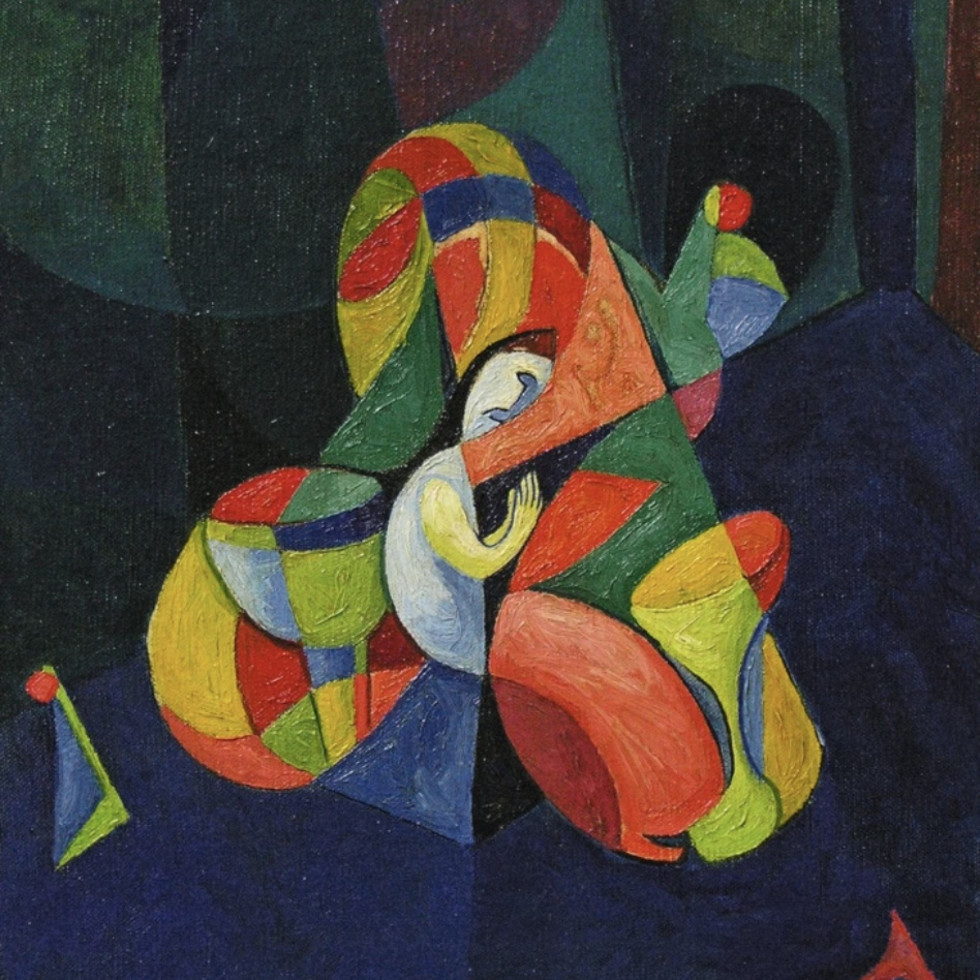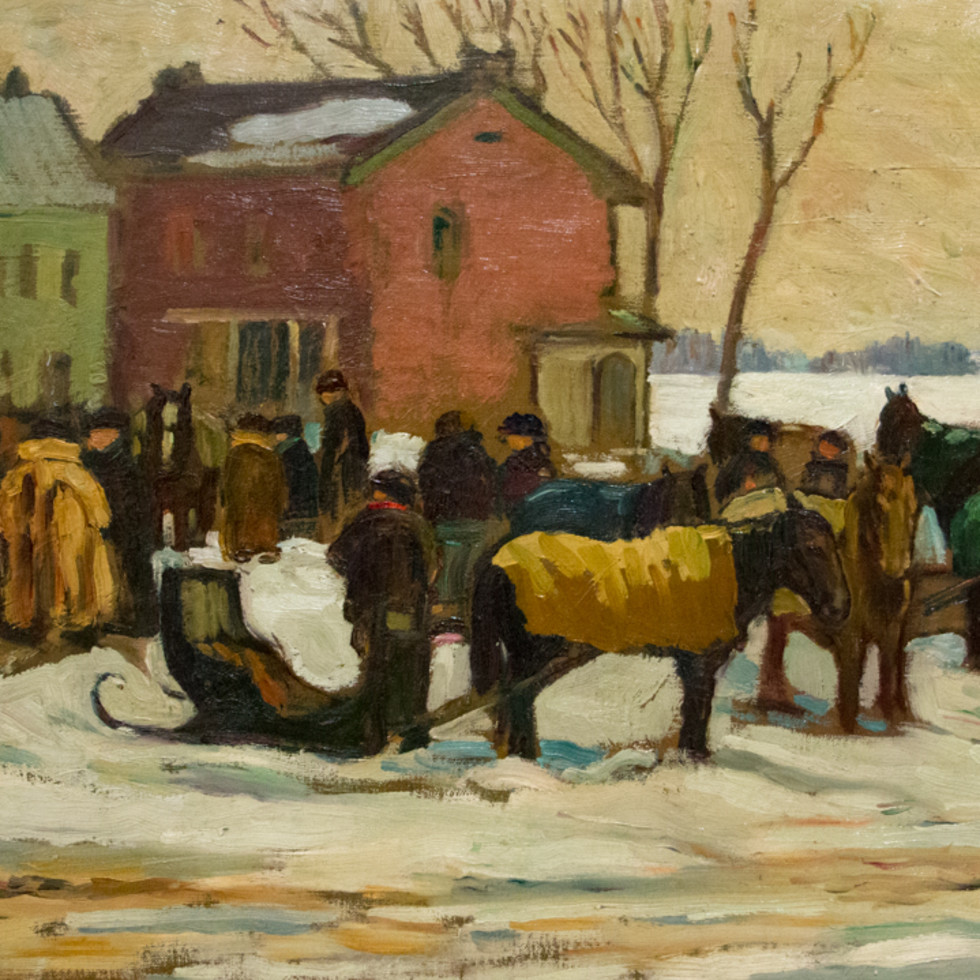Alfred Pellan
 "What enchantment is Pellan's color! We are led from one joy to another: it shines, it bursts, it vibrates and resounds with intensity."
Maurice Gagnon, in "Pellan", 1943
"What enchantment is Pellan's color! We are led from one joy to another: it shines, it bursts, it vibrates and resounds with intensity."
Maurice Gagnon, in "Pellan", 1943
Alfred Pellan was born in Quebec City on May 16, 1906. He studied at the École des beaux-arts de Québec from 1920-1925. When Pellan was sixteen years old, the National Gallery of Canada purchased his painting Corner of Old Quebec. In 1926, he became the first recipient of an art scholarship offered by the Quebec government. This allowed him to go study in Paris, where he lived until 1940. From 1926 until 1930, he studied at the École nationale supérieure des beaux-arts de Paris, where he won the First Prize for painting in 1928. In 1935, he won First Prize at the exposition of mural art. He attended the academies Grande Chaumière, Colarossi and Ranson. While living in Paris he frequented Picasso, Matisse, Derain and Dali.
Pellan returned to Canada in 1940 as a result of World War II and settled in Montreal. He brought works back with him from Paris, but his cubist and surrealist art was considered too avant-garde for conservative Quebec and he sold very little. To survive, he taught at the École des beaux-arts de Montréal from 1943 to 1952. During this period he also illustrated poetry books and made costume and set designs for the theatre. He becomes more and more attracted to surrealism and developed his own unique and distinctive style. In 1948, he founded Prisme d'Yeux, a group of artists who believed in an art free of restrictive ideology.
In 1952, Pellan received a bursary from the Royal Society of Canada and returned to Paris until 1955. He became the first Canadian to hold a solo exhibition at the Musée national d'art moderne de Paris. Upon his return to Canada in 1955, numerous exhibitions and commissions for paintings and murals awaited him. He received many awards and honours including the Prix Louis-Philippe-Hébert in 1972 and the Prix Paul-Émile-Borduas in 1984. In 1985, he was made an officer of the Ordre National du Québec. His work can be found in the permanent collection of the Musée national des beaux-arts du Québec.
Alfred Pellan died in Laval October 31, 1988.







